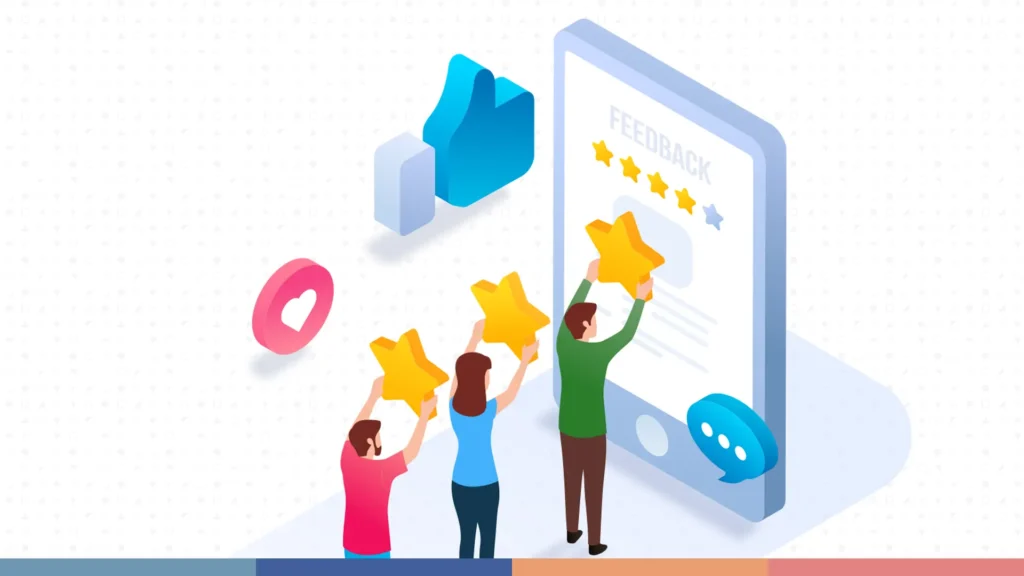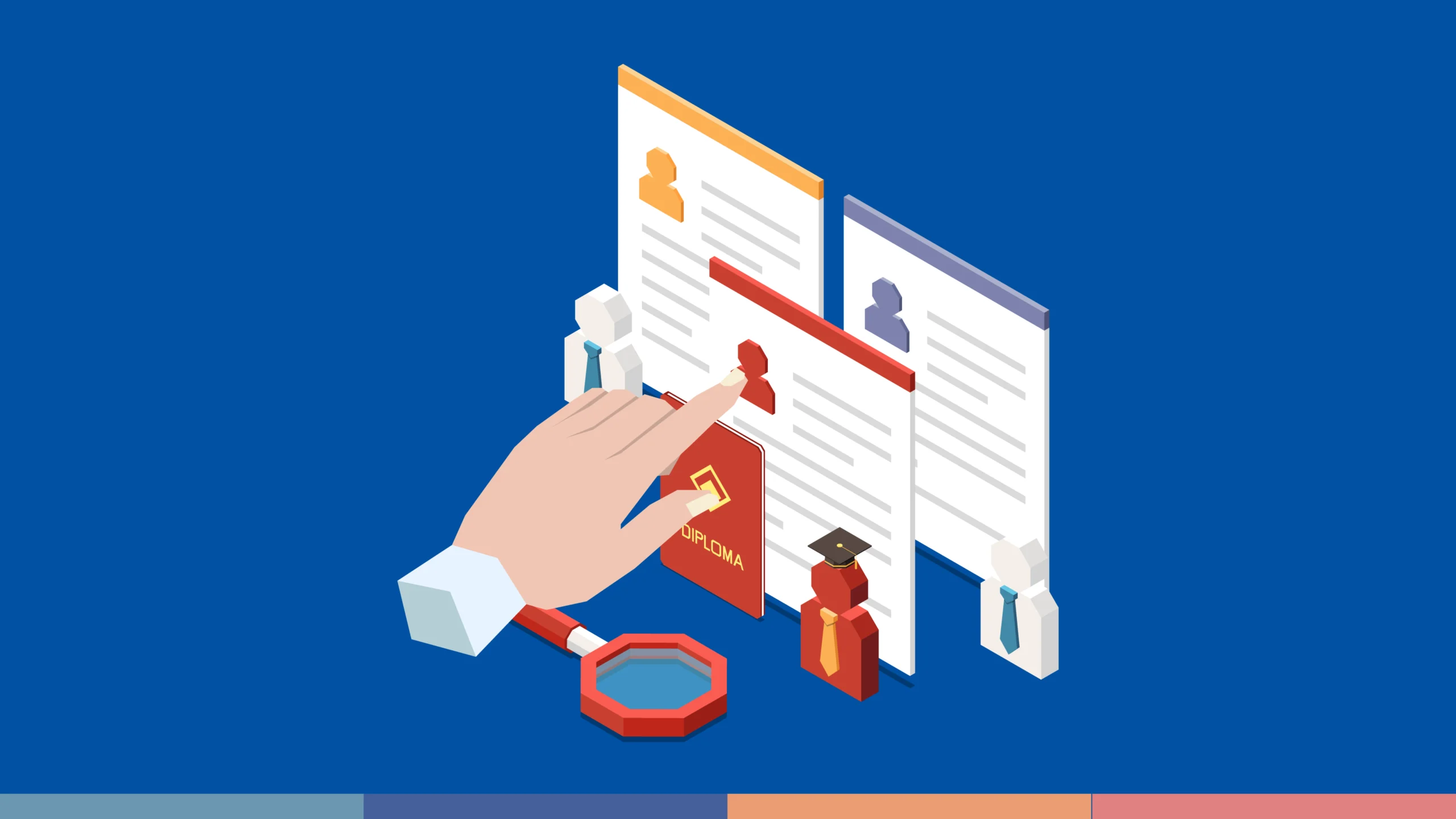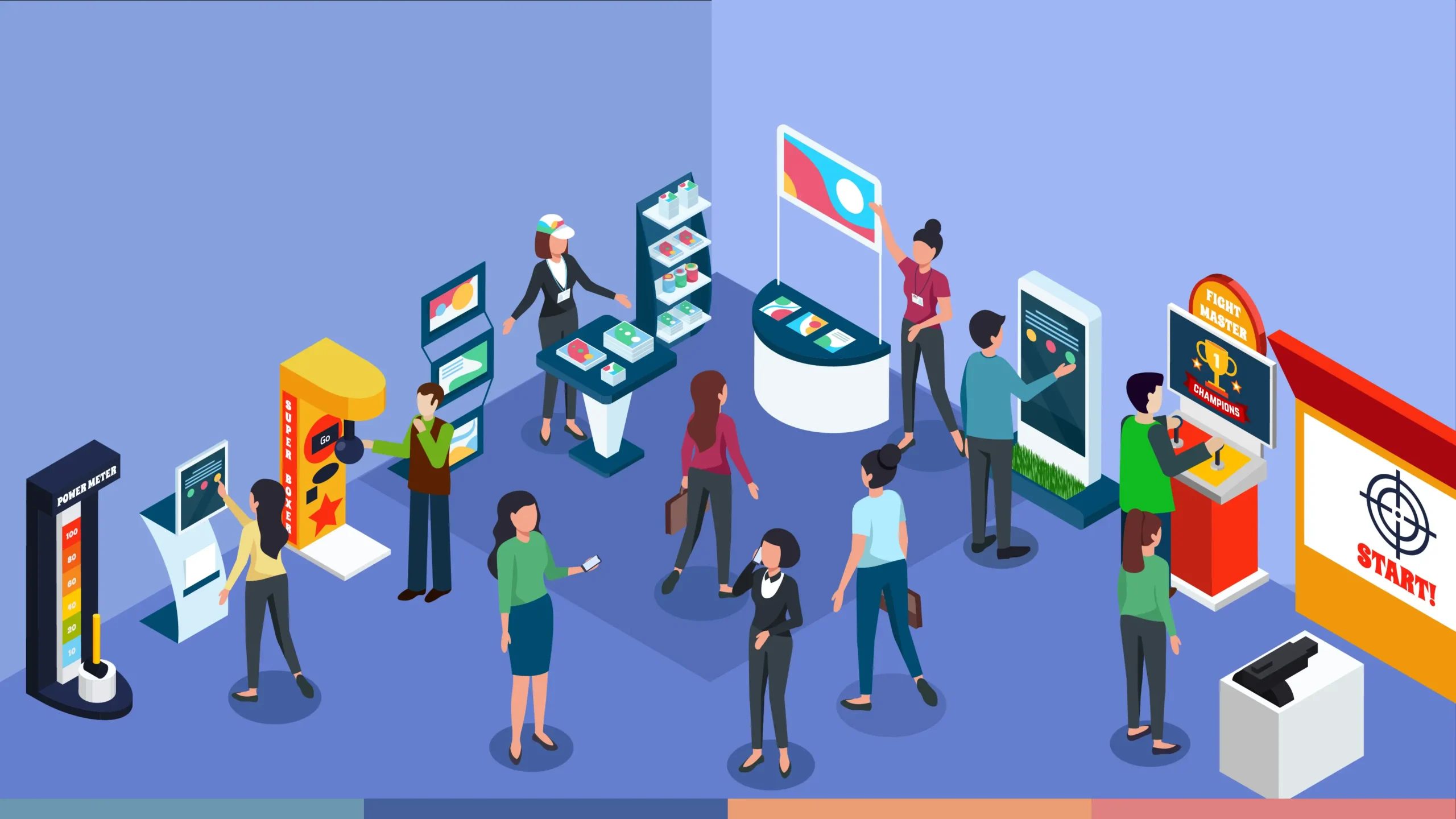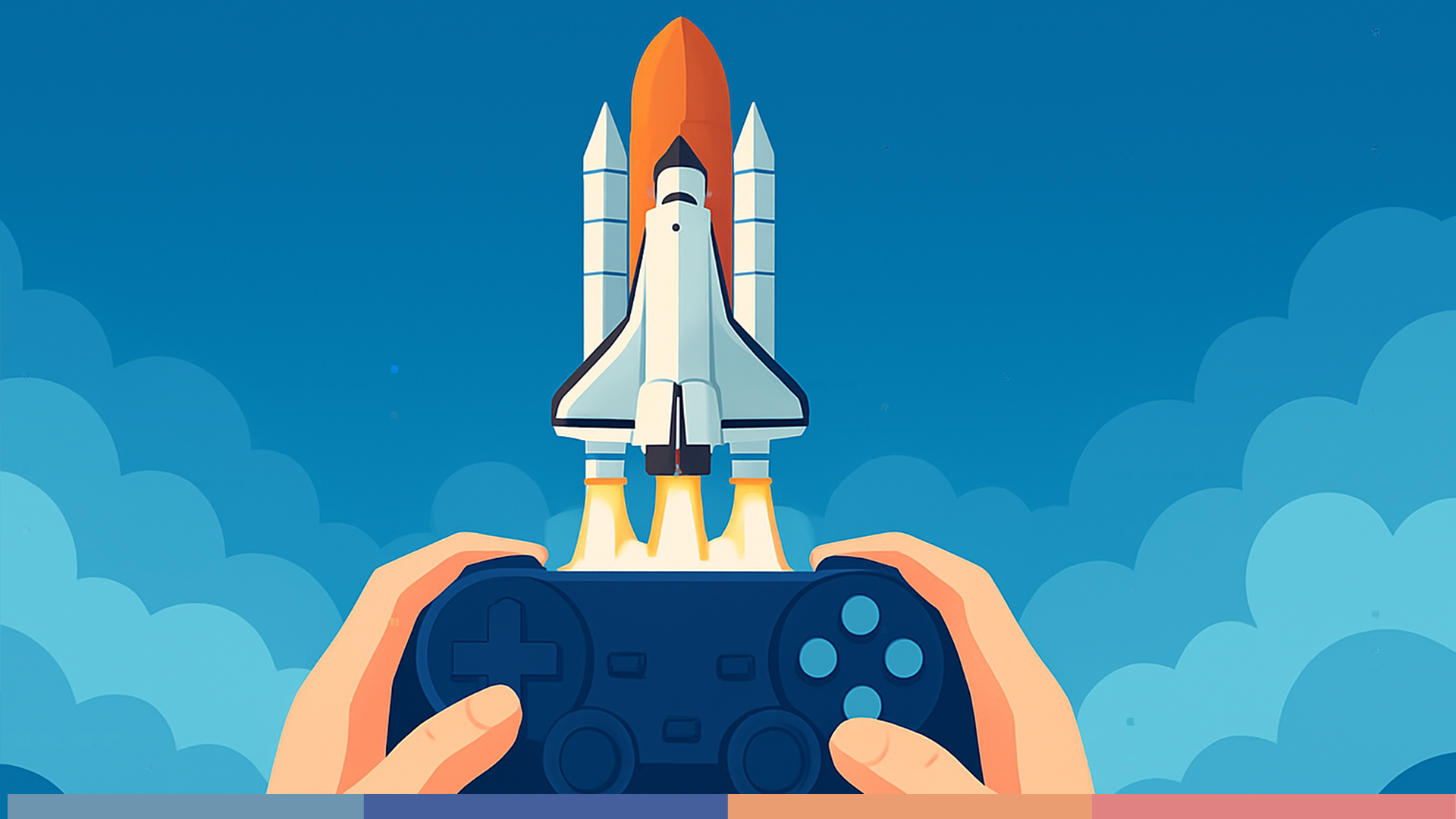Games and Customer Loyalty

Customer loyalty has become an increasingly elusive goal for businesses. With consumers bombarded by countless choices and distractions, traditional loyalty programs often fail to capture and retain their attention. Amidst this landscape, one solution has emerged as a potent tool for enhancing customer loyalty: gamification. This commentary explores how incorporating game mechanics into marketing strategies can address the challenges of customer loyalty today, drawing on key research findings to highlight effective approaches.
The Problem: Waning Customer Loyalty
In the current digital age, customer loyalty is facing significant challenges. Here are a few key issues:
- Saturation of Loyalty Programs
The market is flooded with loyalty programs, many of which offer similar rewards, leading to customer fatigue and disengagement. - Shortened Attention Spans
With the constant barrage of digital content, consumers have shorter attention spans and are less likely to remain engaged with traditional loyalty programs. - Demand for Personalization
Modern consumers expect personalized experiences, and generic loyalty programs fail to meet these expectations.
The Solution: Gamification
To counteract these issues, gamification offers a dynamic and engaging alternative. By integrating game mechanics into loyalty programs, businesses can create more interactive and compelling experiences that resonate with today’s consumers. Here’s how gamification can address each of the key problems:
1. Combatting Saturation with Unique Experiences
The proliferation of loyalty programs has led to a saturation point where consumers no longer feel excited about generic rewards. Research by Hamari and Koivisto (2015) highlights that gamification can breathe new life into these programs by offering unique, game-like experiences that differentiate a brand from its competitors.
For example, GoPay faced challenges in increasing user engagement and transaction volumes in its peer-to-peer (P2P) transfer services. To tackle this, GoPay partnered with Level Up powered by Agate to introduce an innovative in-app game called GoPay Suwit. This game was designed to entertain users and incentivize P2P transactions, addressing the need for a fresh approach to user engagement. Suwit utilized traditional hand gestures (rock, paper, scissors) integrated into the digital realm, along with interactive animations and rewards. The integration of Suwit led to an impressive 40% average increase in P2P transfers, and a remarkable 74% surge in user engagement on the game’s launch day, indicating strong user interest.
2. Engaging Short Attention Spans
In an era where attention spans are dwindling, maintaining customer engagement is more challenging than ever. Gamification addresses this by providing instant gratification through rewards, progress tracking, and immediate feedback. The study by Mekler et al. (2017) found that these elements significantly enhance user engagement by making interactions more enjoyable and rewarding.
L’Oréal Indonesia recognized this challenge in the dynamic men’s fragrance market. To cater to evolving consumer preferences, they partnered with Level Up powered by Agate to launch the YSL MYSLF Discovery game. This captivating mini-game incentivized user engagement and encouraged exploration of the new YSL perfume. Players embarked on a word search journey to discover words embodying the essence of the fragrance and the wearer’s personality. By referring friends, players unlocked opportunities to win coveted perfume samples. This approach fostered a sense of ownership and connection between the player and the product, resulting in a seamless and timely game launch within two weeks and providing a unique and captivating user experience.
3. Meeting the Demand for Personalization
Modern consumers crave personalized experiences that cater to their individual preferences and behaviors. Gamification can fulfill this demand by offering tailored challenges, rewards, and narratives that resonate with different user segments. According to Seaborn and Fels (2015), well-designed gamification strategies can significantly boost user-generated content and customer feedback, which in turn can be used to further personalize the experience.
Duolingo’s language learning app exemplifies how personalized gamification can drive engagement. The app uses adaptive learning techniques to present users with challenges suited to their skill levels, ensuring that each user’s experience is unique and appropriately challenging. This personalization keeps users engaged and encourages continuous learning and progress.
Addressing Psychological Needs
Gamification works not just because it is fun, but because it taps into fundamental psychological needs. According to Self-Determination Theory, three basic needs drive human motivation: autonomy, competence, and relatedness. Research by Ryan and Deci (2000) supports the idea that gamification can satisfy these needs, thereby enhancing user engagement and loyalty.
- Autonomy
Gamification provides users with choices and control over their actions, fulfilling their need for autonomy. This can be seen in loyalty programs that allow users to choose their rewards or paths to earning points. - Competence
By offering challenges and immediate feedback, gamification helps users develop and demonstrate their skills, satisfying their need for competence. This is evident in apps like Nike+, where users track their progress and achieve milestones. - Relatedness
Social features like leaderboards and sharing capabilities foster a sense of community and competition, meeting the need for relatedness. Programs like Starbucks Rewards leverage these features to create a social and competitive environment that keeps users engaged.
Future Directions for Gamification in Loyalty Programs
As technology continues to advance, the potential for gamification in loyalty programs will only grow. Here are some emerging trends:
- Augmented Reality (AR) and Virtual Reality (VR)
These technologies can create immersive and interactive experiences that further enhance engagement. Imagine a loyalty program where users can explore a virtual store or participate in AR-based scavenger hunts to earn rewards. - Data Analytics and AI
Leveraging big data and AI can allow for even more personalized and adaptive gamification strategies. By analyzing user behavior, businesses can tailor challenges and rewards to individual preferences, ensuring a highly customized experience. - Integration with Social Media
Enhancing the social aspects of gamification by integrating with social media platforms can increase visibility and user engagement. Sharing achievements and participating in social challenges can create a viral effect, attracting more users to the loyalty program.
Conclusion
In 2024, the landscape of customer loyalty is fraught with challenges, from program saturation to shortened attention spans and the demand for personalization. Gamification offers a robust solution by transforming traditional loyalty programs into engaging, interactive experiences that resonate with modern consumers. Drawing on key research findings, it is clear that gamification can effectively enhance customer loyalty by meeting psychological needs, providing instant gratification, and offering unique, personalized experiences.
As businesses continue to explore and implement gamification strategies, they will not only differentiate themselves in a crowded market but also foster deeper, more meaningful connections with their customers. By embracing the power of gamification, companies can turn the tide on waning customer loyalty and build lasting relationships that drive long-term success.
By understanding and applying the principles and research findings from studies like those conducted by Huotari and Hamari (2017), Mekler et al. (2017), Hamari and Koivisto (2015), and Seaborn and Fels (2015), businesses can design effective gamification strategies that not only engage customers but also drive loyalty and long-term success.
If you are interested in learning more about gamification and how it can benefit you or your organization
Check out our gamification services page and contact us today. We are ready to help you create a gamification experience that aligns with your needs and preferences.
The Authors

Junialdi Dwijaputra

Dias Setyanto
Related Articles
- All Posts
- All-EN
- Service Highlight-EN
- Education-EN
- News-EN









